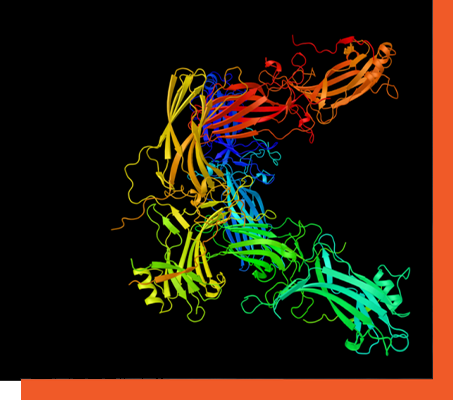Recent Posts
Get in touch!
Fusce varius, dolor tempor interdum tristiquei bibendum service life.
- +32 3 689 85 38
- Technology Lane 82, 9052 Ghent Belgium
- info@gulliverbiomed.com
Fusce varius, dolor tempor interdum tristiquei bibendum service life.
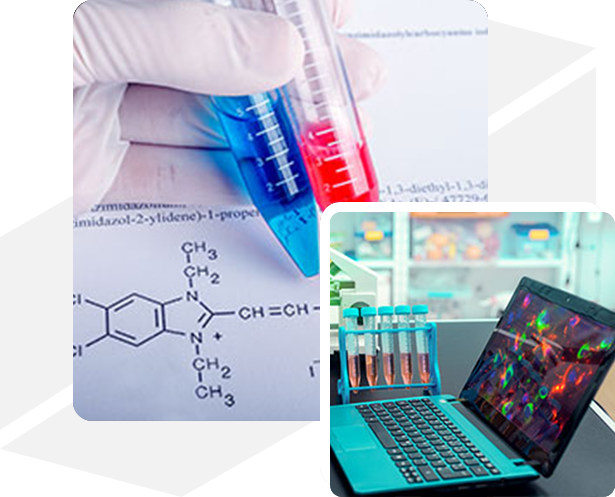
Contact us to obtain information on how to proceed. It is very straightforward. Briefly, we obtain your single domain antibodies from an immunized animal. Turnaround time is approximately 3 weeks. The VHHs are ready for prokaryotic expression and you can use them straight away in your experiments. Once you obtained single domain antibodies/VHHs against your target of interest, many new research opportunities arise. Below is a non-exhaustive list showcasing what you can do.
Generate VHHs against your target(s) of interest and magnify your research potential
Now you can generate VHHs that matter most to you and to your research. Include this technology into your next grant application or better even, contact us today. You can either provide us with the purified antigen, or we can generate this in collaboration with you. We guide you through the process, keep you up to date and help you further once you obtain your VHHs of interest. Our researchers have more than two decades of experience in applying them in research.

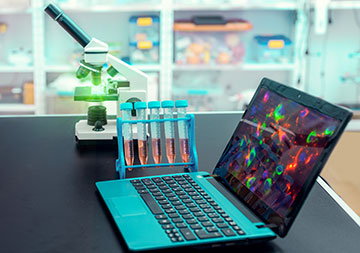
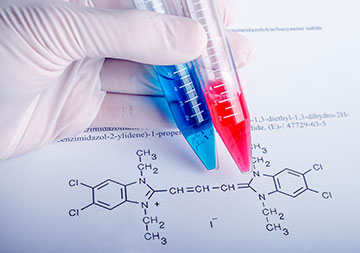
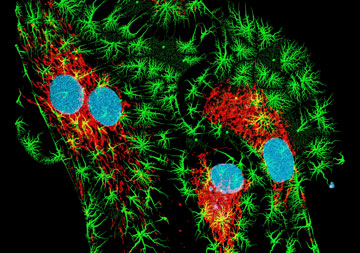
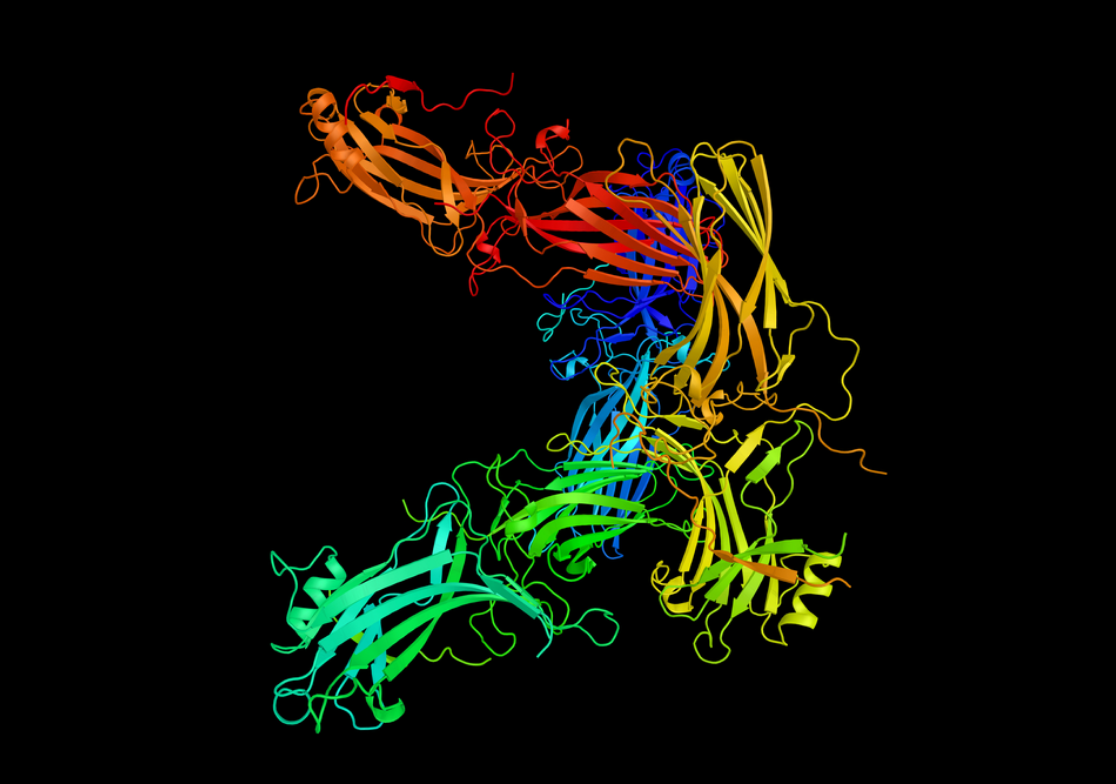
Contact us for a return on investment offer.
Zoom in on your targets of interest, and conceive the next (bio)medical breakthrough

Contact us to obtain information on how to proceed. It is very straightforward. Briefly, we obtain your single domain antibodies from an immunized animal. Turnaround time is approximately 3 weeks. The VHHs are ready for prokaryotic expression and you can use them straight away in your experiments. Once you obtained single domain antibodies/VHHs against your target of interest, many new research opportunities arise. Below is a non-exhaustive list showcasing what you can do.
Generate VHHs against your target(s) of interest and magnify your research potential
Now you can generate VHHs that matter most to you and to your research. Include this technology into your next grant application or better even, contact us today. You can either provide us with the purified antigen, or we can generate this in collaboration with you. We guide you through the process, keep you up to date and help you further once you obtain your VHHs of interest. Our researchers have more than two decades of experience in applying them in research.

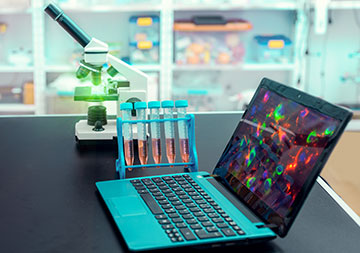

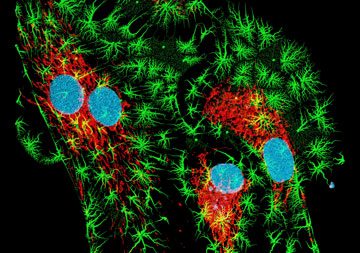

Contact us for a return on investment offer.
Zoom in on your targets of interest, and conceive the next (bio)medical breakthrough

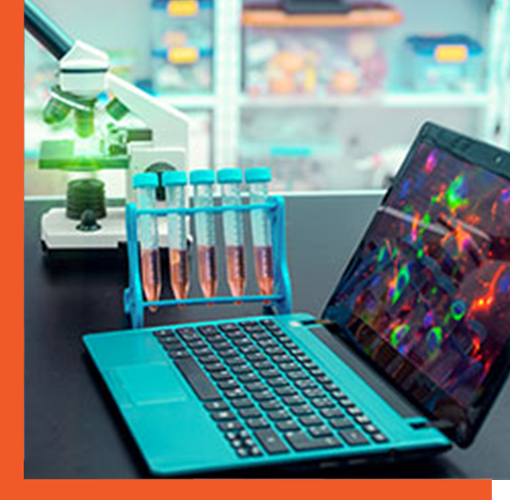
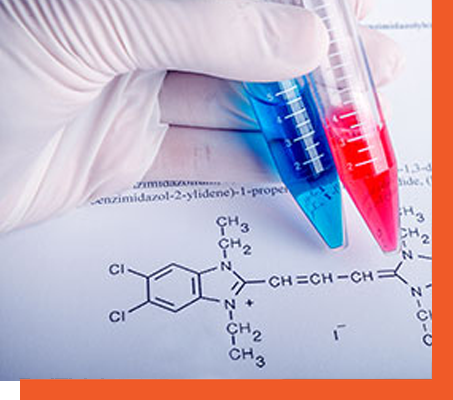
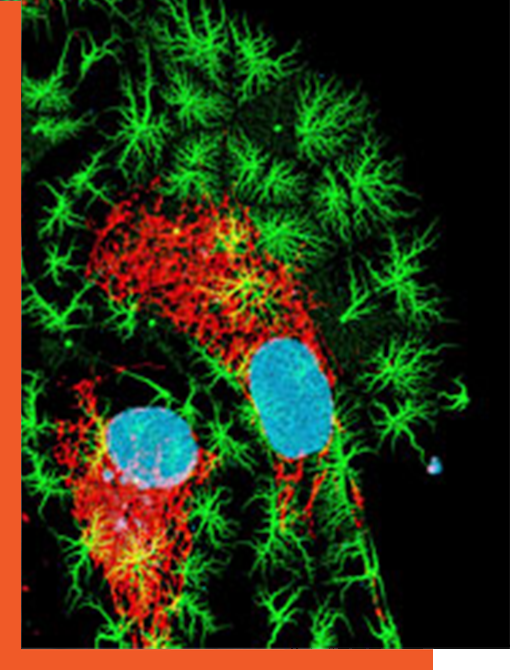
Contact us for a return on investment offer.
Zoom in on your targets of interest, and conceive the next (bio)medical breakthrough
